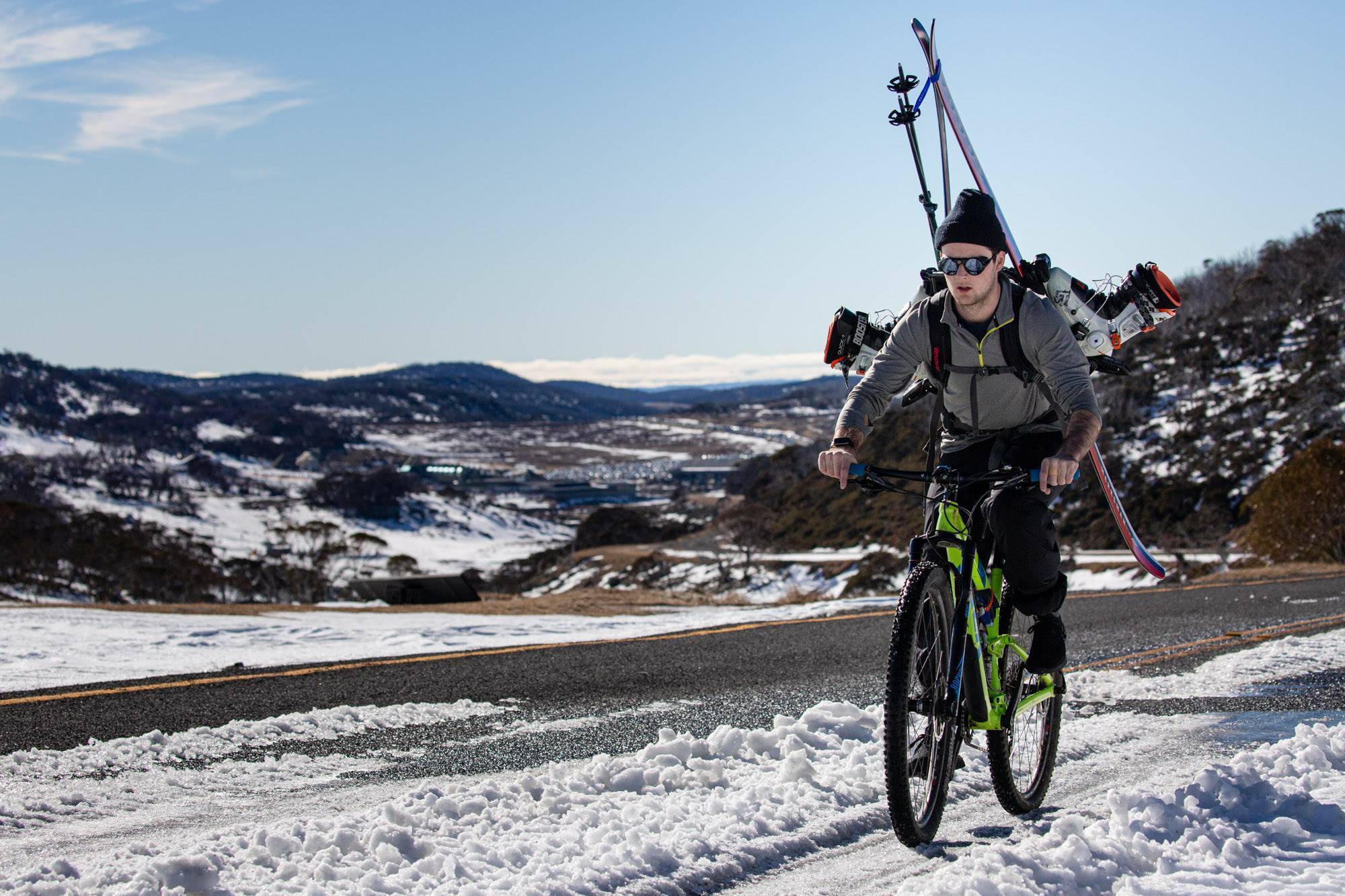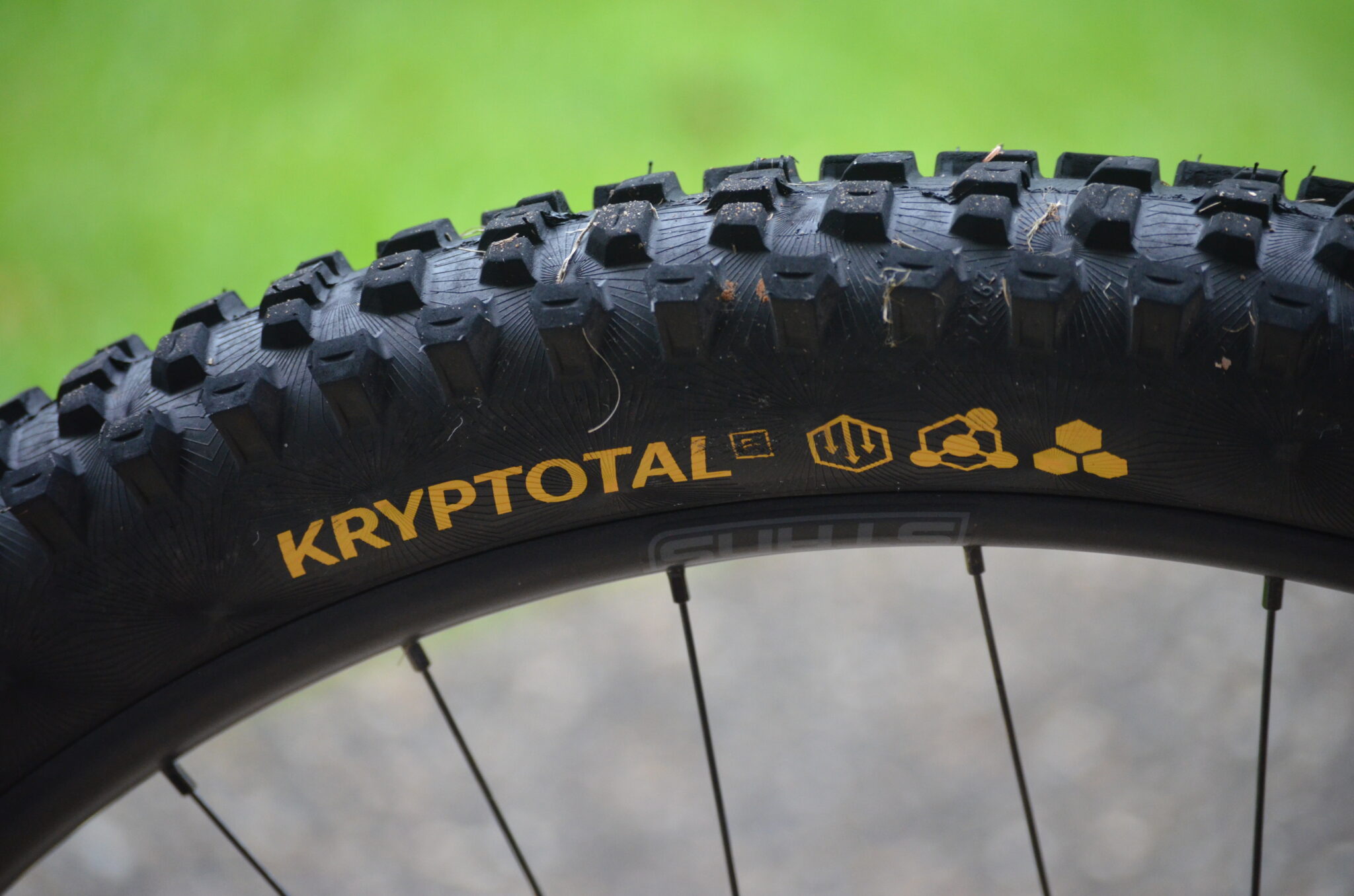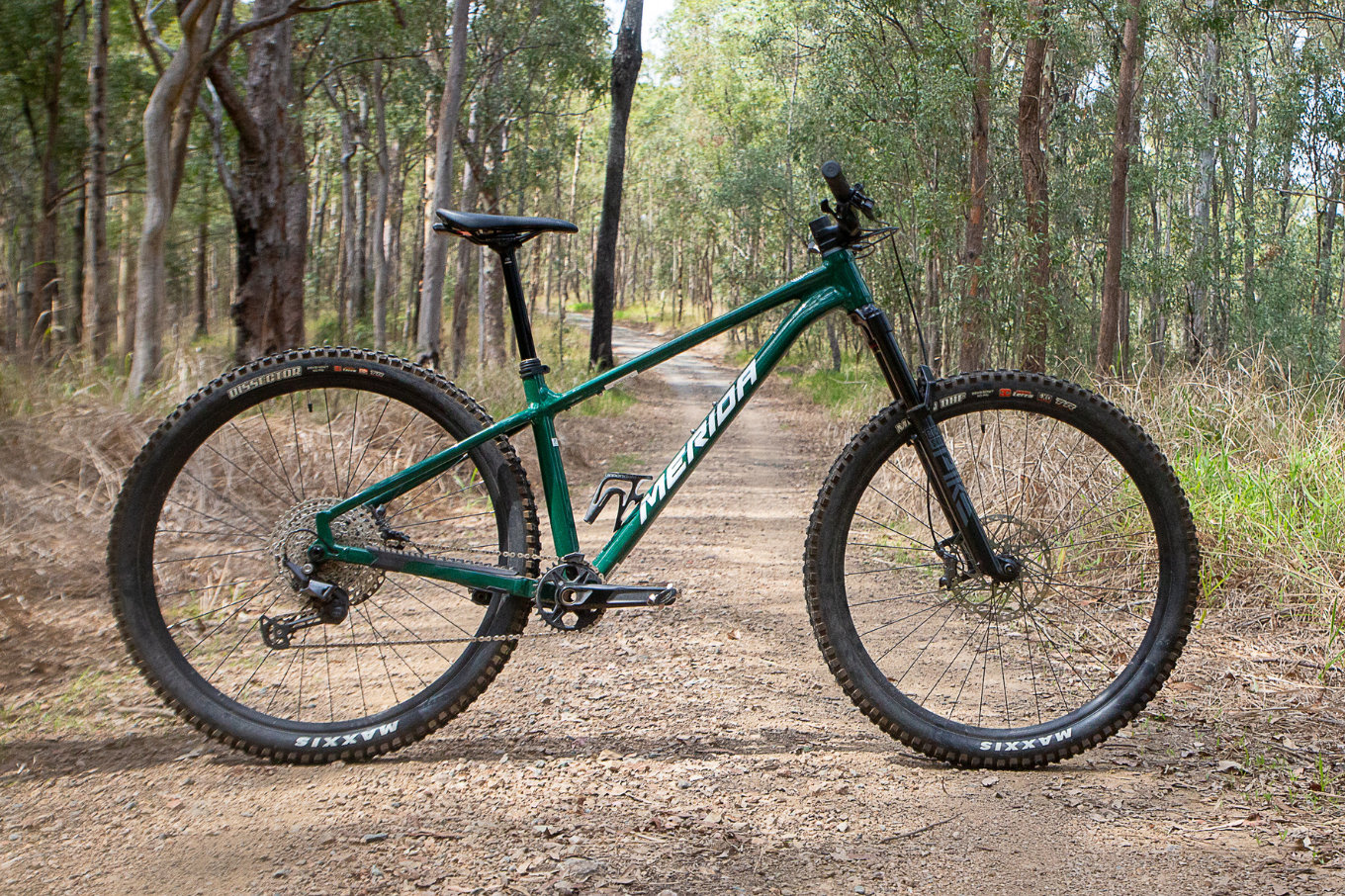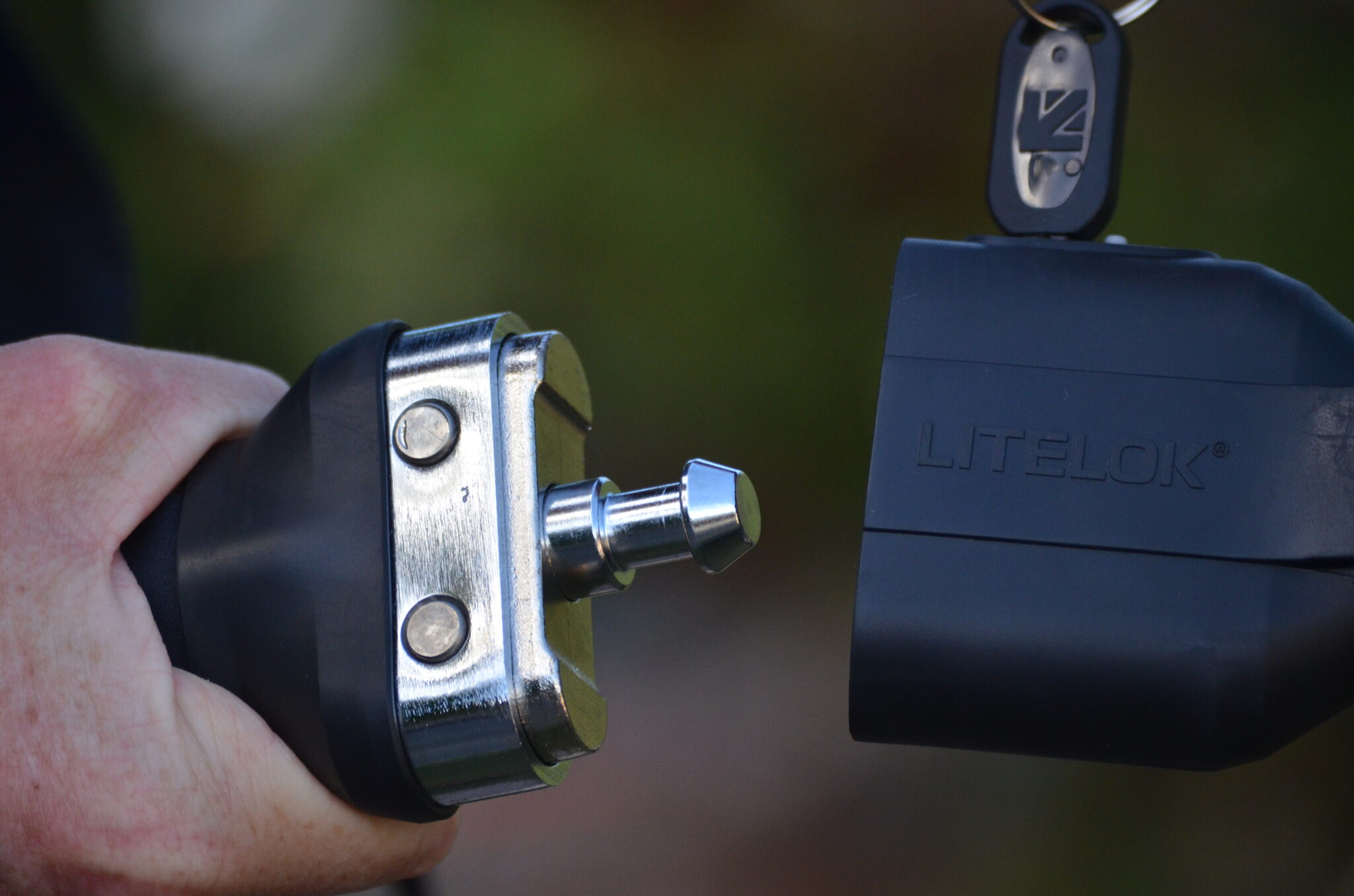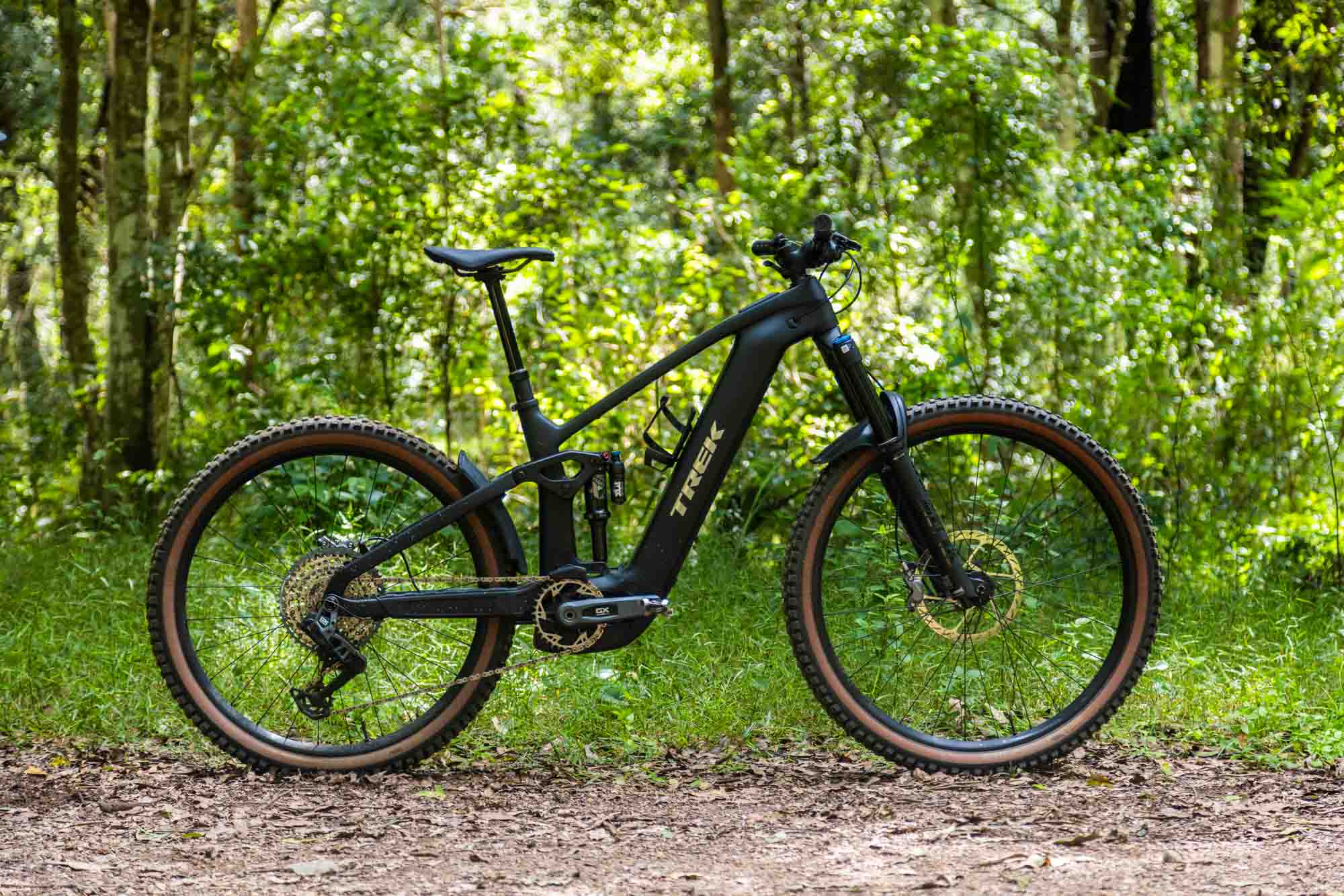Climbing High: bike to ski and back again
With the snow base drawing up the mountain, Colin Levitch reached for his bike to access the backcountry.
Winter got off to a false start, early dumps in April and May and a dry June left the Snowy Mountains stuck at low tide. Cold temps allowed the resorts to keep their snowmaking operations running; however, the lack of natural snowfall meant coverage in the backcountry was thin.
Usually for a day out ski touring, depending on where you are headed the jumping off point would be from Guthega, or the top of Thredbo. With the snow line remaining at an unseasonably high altitude well into July, even leaving from the top of the Kosciuszko Express chair meant a few kilometres of walking on the exposed metal boardwalks, with skis attached to your backpack.
This lack of natural snowfall also meant the 9km road from Perisher to Charlotte Pass remained mostly clear well into July. Despite being closed to motor vehicle traffic for the winter, nothing is stopping you from riding a bike up the road.
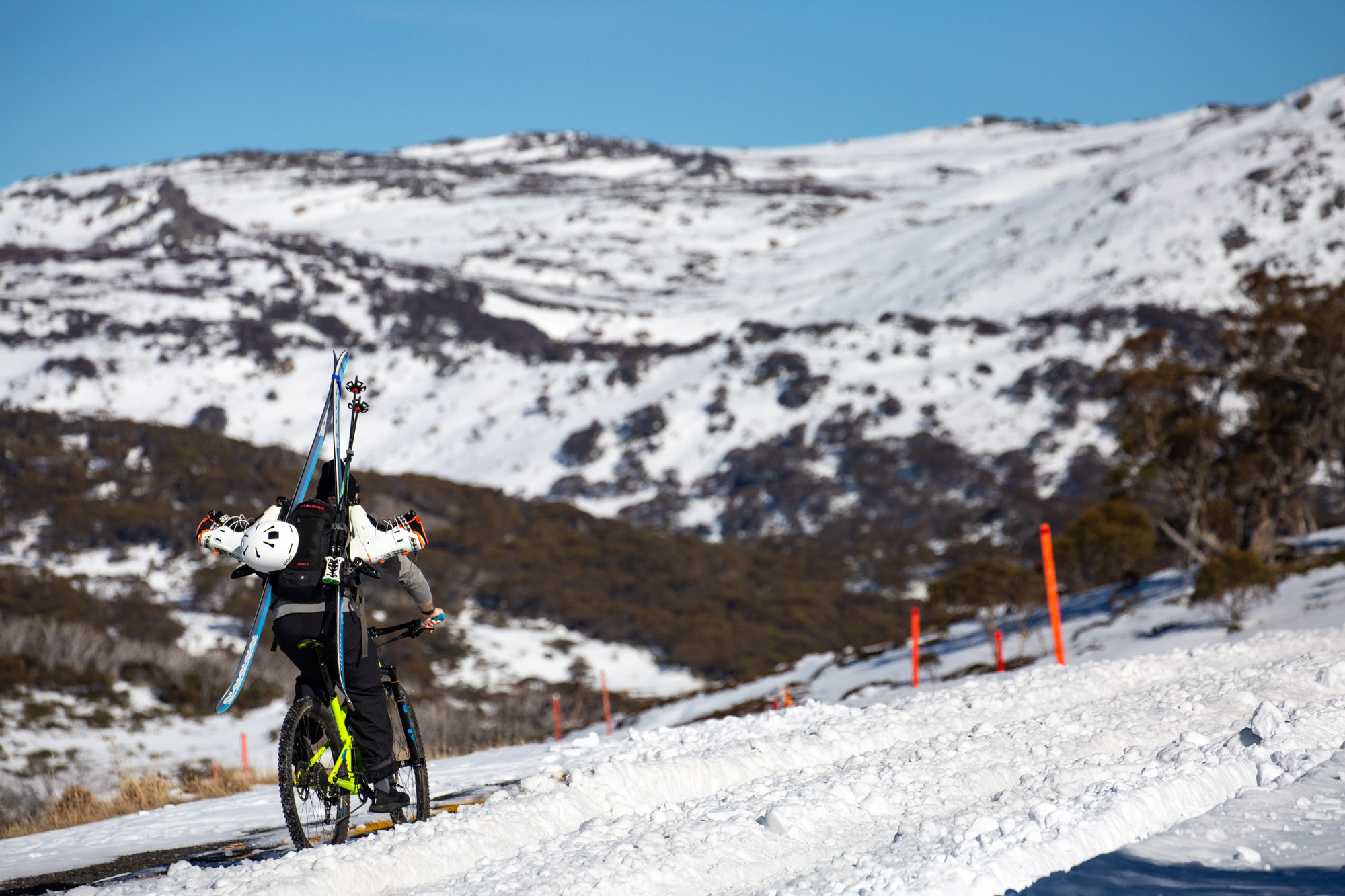
So we hatched a plan; ride mountain bikes from the Ski Tube station at Perisher up to the Kosciuszko Chalet Hotel, ditch the bikes and skin up the resort and out to Mount Twynam, ski into Blue Lake and return via the same route. Using the bikes to get out to Charlotte Pass cut three kilometres off each way, and lopped over 200m of climbing off our initial ascent. Most importantly, it meant the majority of the hiking would be with skis on our feet, not on our backpacks.
Everything was mapped out and ready to roll, an alarm clock set for 4 pm instead of 4 am brought that plan to a screeching halt. With daylight quickly burning, we scrambled for a backup plan; luckily not far from the top of Charlotte's Pass lays Kangaroo Ridge, and an area commonly known as Twin Valleys. Lying about halfway between Thredbo and Charlotte Pass, in the 1970s there was a proposition to put a ski resort here, but the Snowy Mountains got Blue Cow instead. Serving as a quick strike touring objective, Twin Valleys offers good terrain without hours of skinning.
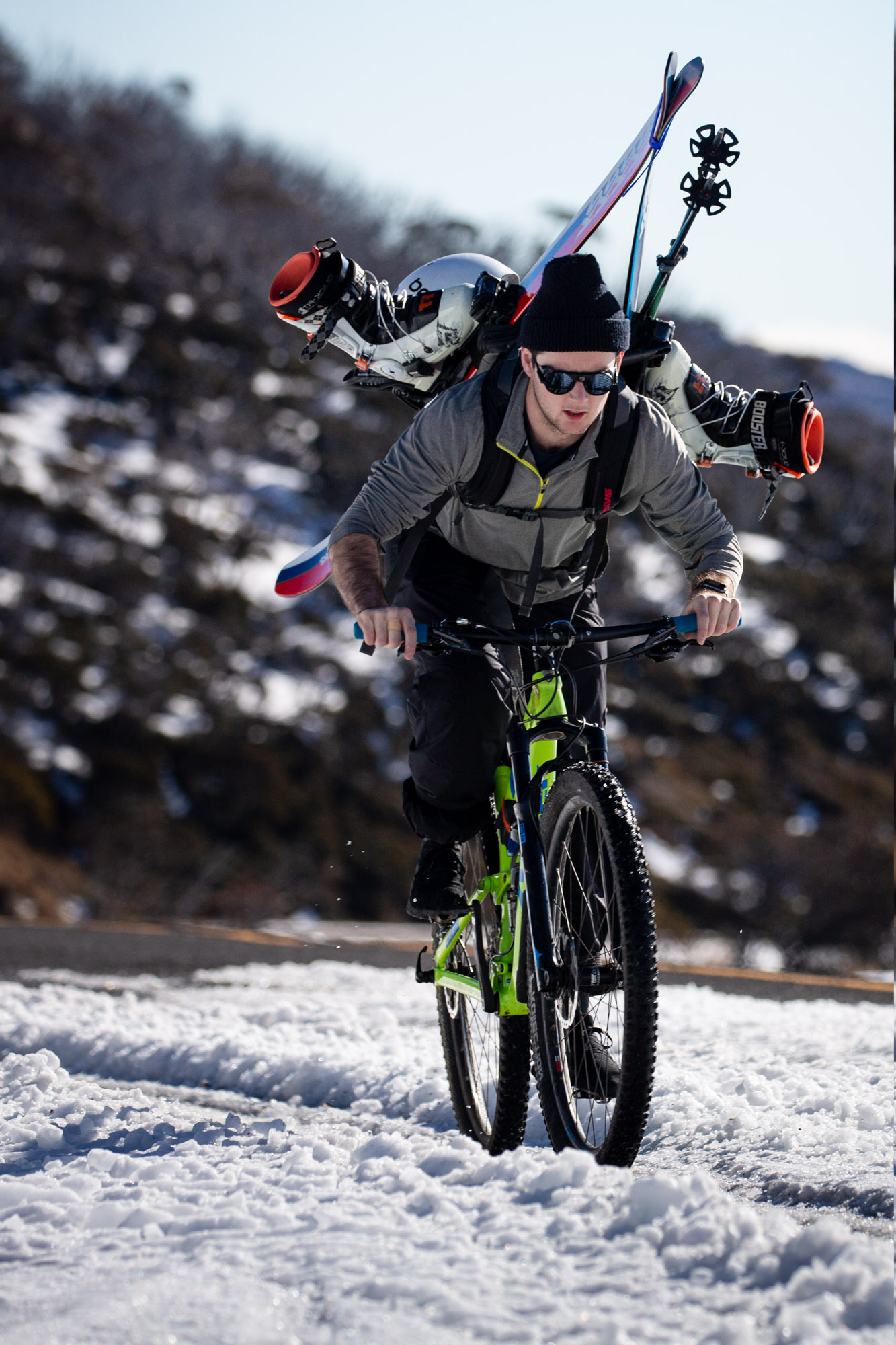
Arriving at Perisher mid-morning, as we pumped up 2.5in knobby tyres and attached climbing skins to our skis, we attracted plenty of sideways looks from day-trippers as they shoved their feet into ill-fitting rental boots and locals that mosied past on their way to the lifts.
The spin up to Charlottes was relatively pedestrian, and was mostly dry and clear, with only a few snowdrifts on the way up that were well rutted from the regular shuttle traffic—the gradient doesn't climb above 3-percent until the final kick which hovers around 7-percent.
Hidden in the tyre trenches, there were still soft spots in the snow, which made for a few brown ski pants moments—the bike would go where it wanted to, while the 15kg+ backpack complete with skis and boots attached to your back tries to take your body in a completely different direction.
Speaking of backpacks, when it came to carrying our skis we debated long and hard about whether we’d be better off strapping them to our bikes or bags. In the interest of minimal faffing and given we also had our ski boots in tow, the A-frame method prevailed. There are a few ways to carry skis on a bag; however, what seems to work the best across most backpacks is the A-frame. Using the compression straps on either side to hold the skis, a ski strap tethers your tips together to prevent the skis from swinging around as you walk/ride, also kicking the tails out away from your feet and the rear triangle of the bike. This configuration also keeps the weight closer to your body and doesn’t throw off your centre of gravity too much—just lookout for low branches.
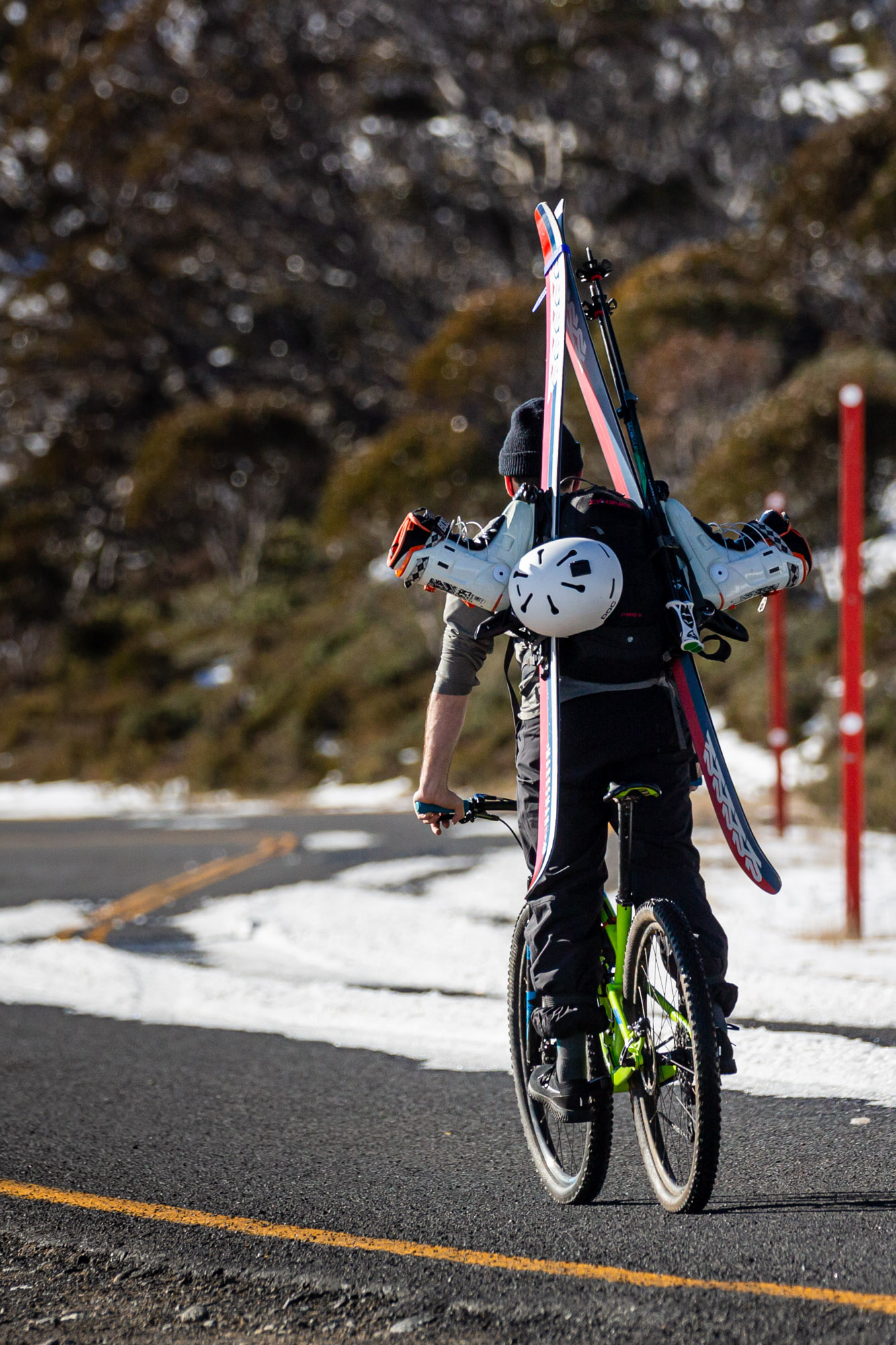
With the last push up the Charlottes Pass in the rearview mirror, we locked our bikes to ski racks at the base area much to the intrigue of resort patrons and staff, and started climbing. With only 200m of vertical drop, Charlottes Pass is a comparatively flat ski resort (Thredbo has a vertical drop of 672m), and by the time we reached the village, we had already scaled the majority of our initial ascent. We walked up the side of Avalanche, one of the resorts three marked black runs, around the saddle of Mount Stilwell and into Twin Valleys. Given the North Valley offers better terrain, holds more snow and is closer to the resort, it was the obvious place to drop in.
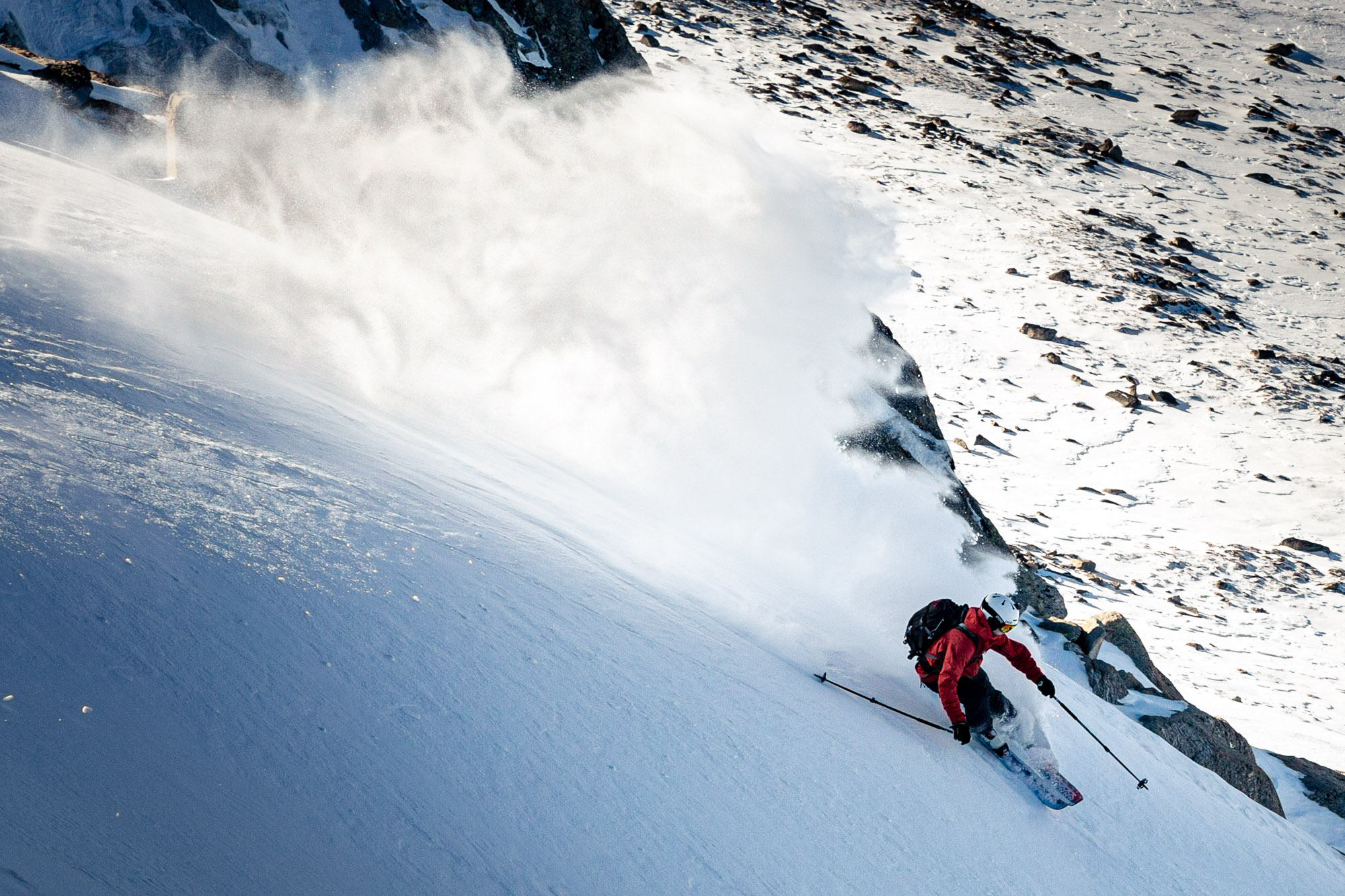
The other reason we decided to ski the North Valley is because of its south-facing aspect, meaning it sits in the sun all day. Most of the snow we’d come across the past few days, was bulletproof, but the faces that received plenty of sun had time to thaw.
Warm daytime temps and cold nights, held snowpack in a constant melt and refreeze cycle creating round snow crystals that look like kernels of corn. When frozen, these create a boilerplate crust that easily supports your weight but requires a razor sharp edge to make a turn, but if this same snow is exposed to a bit of solar radiation it turns into deep slushy ‘mashed potatoes.’ Somewhere in the middle is a fleeting velvety soft snow texture aptly named ‘corn’, which presents when melt water begins to percolate through the snow but retains enough surface tension to hold the crystals together. Corn skiing is second only to powder and is equally as elusive; a face can go from frozen, to ripe and ready to harvest, all the way to slop in the space of an hour.

We arrived at the top of Twin Valleys right as the ripe corn was deteriorating into slush, but the snow hadn’t decomposed to the point wet snow avalanches became a real threat. With the coverage being so light, there were plenty of rock formations I’d never seen before, and there was no shortage of grabby fauna looking to trip you up. Even still we’d managed to multi-sport ourselves away from the crowds, and find arguably the best turns in Australia at that time.
In a winter of false starts, sleeping through our alpine start seems to have been par for the course and tired and riding back down to Perisher, it was hard to complain about the day in the backcountry we’d just had. Before the latest #polarexpress storm to pass through the Snowy mountains, good turns were few and far between, and we’d just had a plentiful harvest of more of slightly over ripe corn from Twin Valleys.
Note: Yeah we agree, thes eguys should totally have had helmets on to ride up the road. It’s a closed road, but you can never be too sure.

